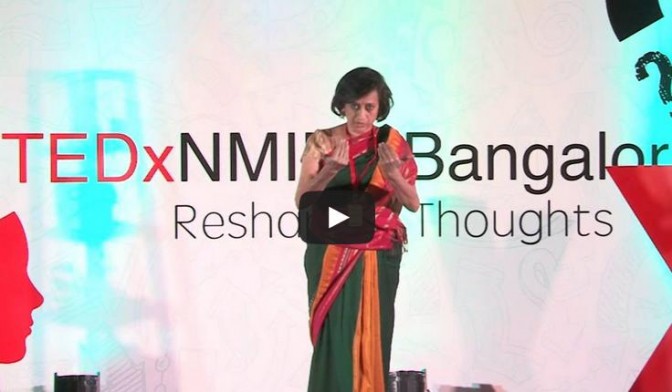The Volcker rule, the centre piece of the benchmark “Dodd-Frank Act”, was passed in December this year and is widely expected to impact financial institutions all over the world and particularly the US. Named after Paul Volcker, the former Fed Chairman, the act reinstates many provisions of the erstwhile Glass-Steagall Act.
The Glass-Steagall Act of 1933 was created in response to the great depression of 1929, separating commercial banking activities from investment banking. The act often referred in tandem with the Banking act of 1933, did not permit the use of depositors money for investment banking and proprietary trading. This served well till the early 1990s when it was overturned by the GLBA (Graham-Leach-Bearley) Act which repealed this restriction, an event that is widely regarded as one of the primary causes of the 2008 crisis.
The Rule
The Dodd-Frank Act was signed into law by President Barack Obama on July 21, 2010 in response to the US financial crisis of 2008. The Act was first proposed by US Senator Barney Frank in the House of Representatives and in the senate Banking Committee by Chairman Chris Dodd and hence the name. The Act consists of 16 titles, which brings into regulation US financial institutions ranging from commercial banks to the largely unregulated hedge funds with enhanced reporting requirements and consumer protections.
The Volcker rule, part of Title VI of the Dodd-Frank Act, limits banking entities from owning more than 3% of total ownership interest in private equity and hedge funds. Furthermore the interests of banking entities cannot be higher than 3% of their total tier-1 capital in private equity and hedge funds. However, the banks are allowed to invest and trade in treasury securities and bonds issued by federal agencies with no restrictions.
Unresolved Issues
Even though the Dodd-Frank Act was passed in 2010, almost 60% of the provisions are yet to be implemented- a fact attributed to the powerful financial lobbyists in Washington DC. Even the Volcker rule was originally rejected by the senate before being finally passed on December 10 this year. As per the rule, the banks will need to implement the aforesaid provisions by July 21, 2015- exactly five years from the passing of the original Act. Strangely though, the senate has not approved any additional budget for monitoring the financial institutions as per the act.
Under the provisions of the act, hedging activities undertaken by the banks are perfectly legal and there is a high likelihood that financial institutions will try to project proprietary trading as hedging activities. For example in March this year, when JP Morgan “London Whale” division lost 6 billion USD in a set of bets on credit derivatives, its CEO Jamie Dimon argued that it was perfectly legal as it was part of portfolio hedging strategy. Moreover, it is not clear how regulators will distinguish between market making activities and risky activities as per this rule.
This apart, once the banks actually offload the risky positions as per the provisions of the rule, who will be the buyers of those assets? Will it lead to distress selling or at least in high discounts thereby eroding shareholder and depositor networth? Will it not interfere in the functioning of a free market? Will it not reduce funding opportunities for fast growing start-ups?
The impact and future
The rule has already claimed its first victim with Utah based lender Zions Bancorporation stating that it will take a charge of 387 million USD to off-load a portfolio of CDOs. Will other financial institutions follow suit?
However, there are several apprehensions on how effective it will be particularly since the financial institutions are lobbying hard for transactions in foreign currency to be outside the purview of the act. Based on a research report, as many as 28 financial lobbyists cater to each senator in the House of Representatives and is one of the highest paying professions as well. Furthermore, many senior professionals in Fed have served in institutions like Goldman Sachs and J.P.Morgan, thereby increasing the likelihood that they may take the side of the corporates and not the consumers in case of a conflict.
Despite all apprehensions, the enactment of Volcker rule (and Dodd-Frank Act in general) can be seen as a step in the right direction. Let’s hope it serves its purpose.
Food for thought: Should the Glass-Steagall Act be brought back instead?

































